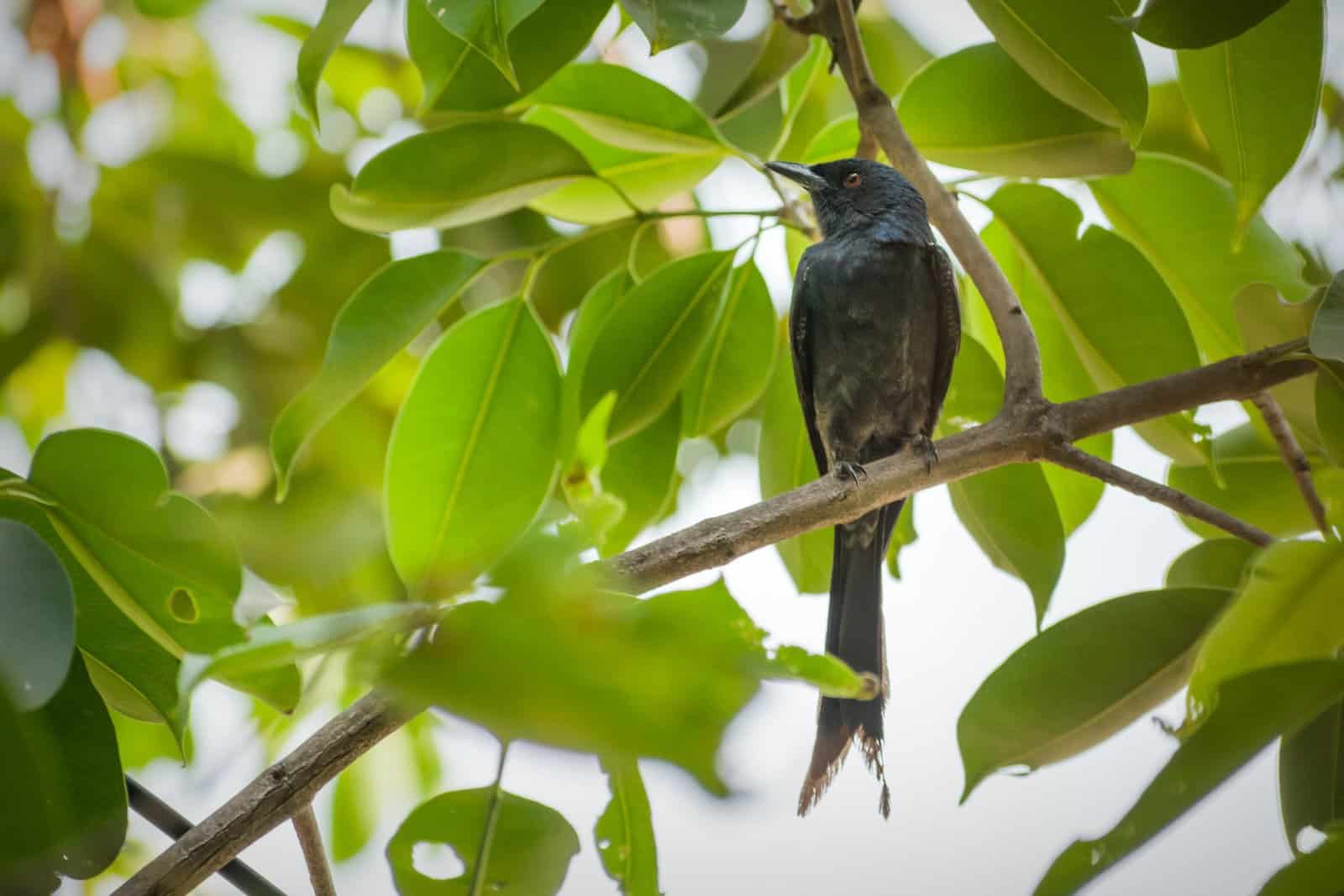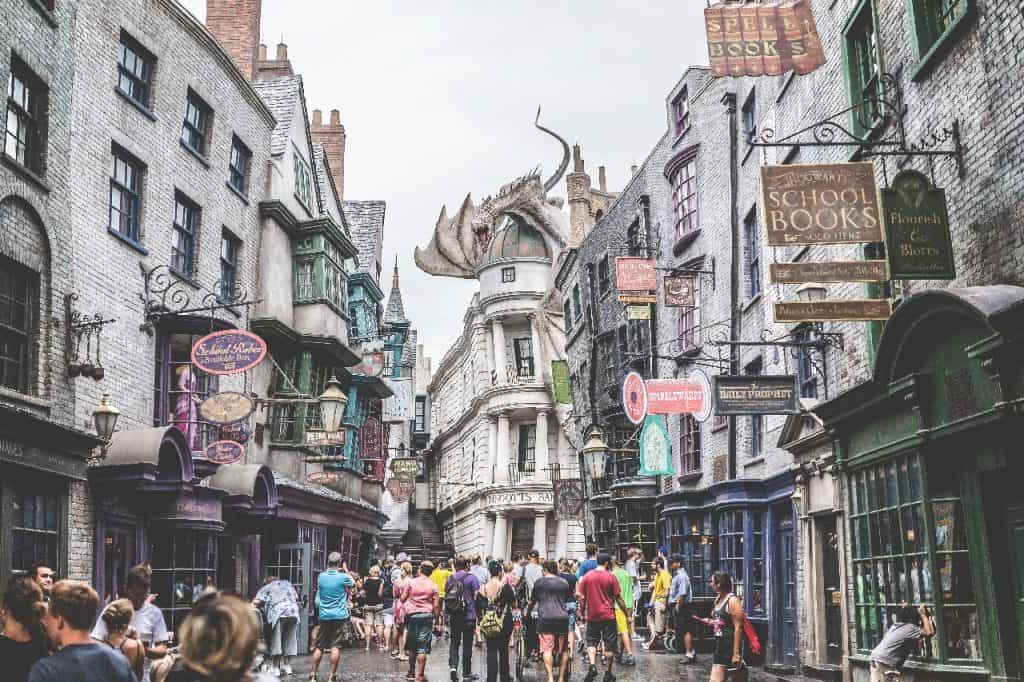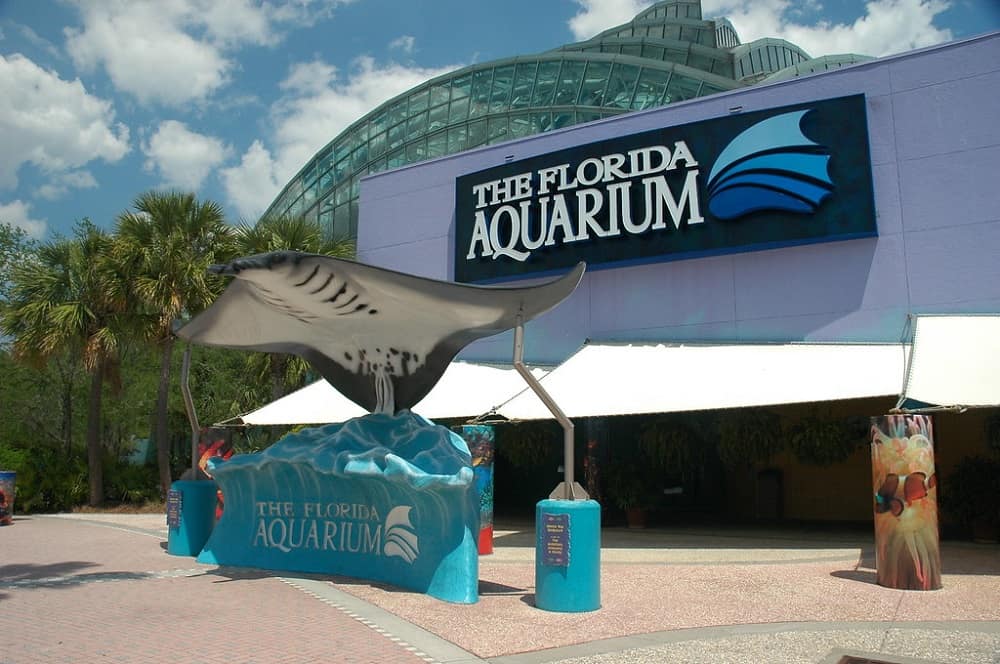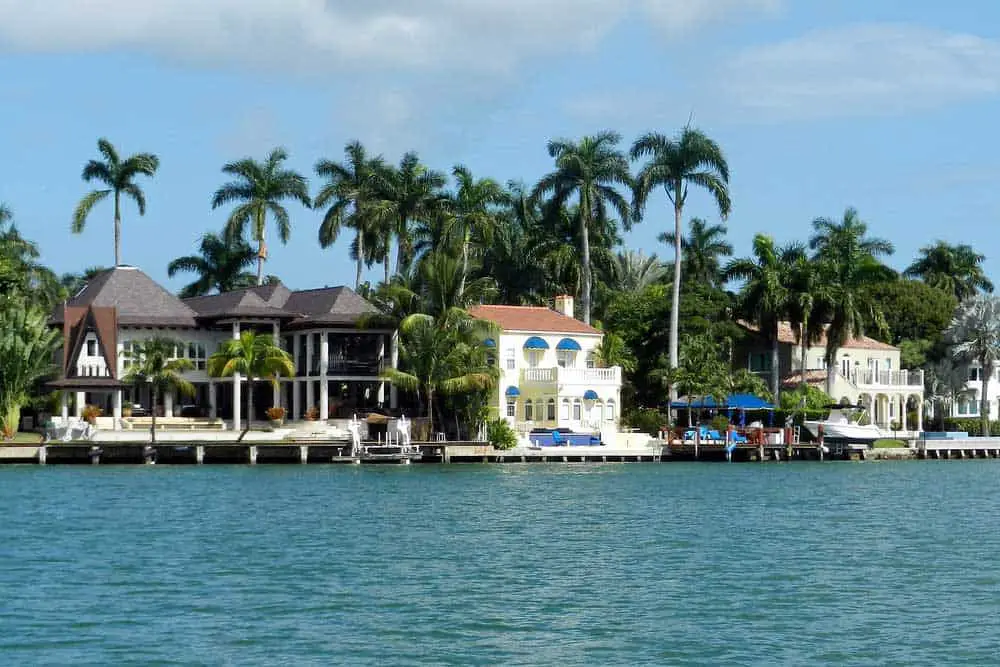Nestled in the heart of Florida lies an enchanting natural wonderland that is waiting to be discovered. If you’re looking to escape the hustle and bustle of city life, Winding Waters Natural Area Florida is the perfect destination for you. This stunning nature reserve boasts a diverse array of wildlife, breathtaking scenery, and endless opportunities for adventure.
From hiking trails that wind through lush forests to crystal-clear streams that invite you to take a refreshing dip, Winding Waters Natural Area Florida offers something for everyone.
Whether you’re an avid bird watcher or simply seeking a peaceful retreat from the chaos of modern life, this natural oasis is sure to leave you feeling refreshed and rejuvenated.
Unleash Your Inner Explorer at Winding Waters Natural Area Florida
Take a hike around Winding Waters in West Palm Beach if you and your family are seeking the utmost in tranquility. It is south of Dyer Park, between the Turnpike and the Haverhill.
It allows you to escape the bustle of the city and experience Florida’s serene natural music! Near Dyer Park and to the west of Haverhill Road is the Winding Waters Natural Area. This 548-acre natural park, which features paved paths and flowing streams, is one of the newest in Palm Beach County.
Visitors have the chance to get a close-up look at nature thanks to the variety of hiking routes with varied durations and levels of difficulty.
There is a wide variety of birds in this area, including bald eagles, anhingas, green herons, and on a lucky day, perhaps even alligators.
There is a 3.3-mile canoe/kayak loop track at the kayak and canoe launch point. The paved winding-waters-bridge-view walking trail is.5 miles long (one way), perfect for the whole family, have resting areas with benches and is wheelchair accessible.
There is also a 5-mile natural surface walking track that winds through the forest and around the lake, with a few shade shelters for watching wildlife, for those who are feeling more daring. Bring your binoculars and take in the show from the covered observation deck with benches and a few bridges.
In this area, there are no water fountains or restrooms winding-waters-wpb-hiking-grassy-trail. To use their amenities, you can travel to the nearby Dyer Park.
You can quickly become dehydrated while enjoying the great outdoors in the hot summer months. Bring a water bottle and a hat, please.
Additionally, insect repellent is advised to protect against gnats and mosquitoes that are common in natural settings. A terrific place to escape the bustle and see nature at its finest is Winding Waters.
Visit during various seasons of the year, in the early mornings or late evenings, and take in the calming sounds of nature.
Site details:
Six current Florida Ecosystems can be found in this natural area: the Wet-Flatwoods, Mesic-Flatwoods, Depression Marsh, Hydric Hammock, Dome Swamp, and Wet Prairie. After almost 3 years of the restoration project, an area of about 550 acres is now restored.
Five little islands were created inside the excavated area with local flora still present to provide a rookery habitat and a sandy/gravelly settling island for terns. A trench was also built to safeguard wildlife habitats.
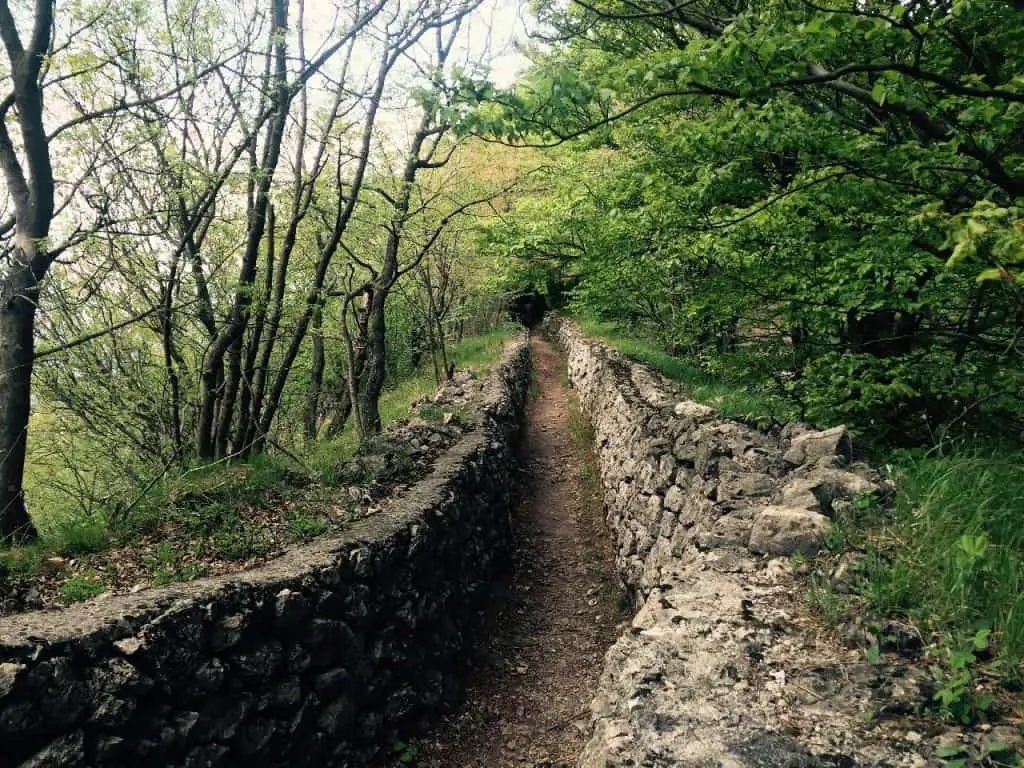
Plants:
Cabbage palm, Laurel oak, pond cypress, red bay, and red maple are among the plants that have been transplanted to this location.
Other plants seen in the area include buttonbush, slash pine, nettled pawpaw, and royal fern.
Animal Life:
Winding Waters Natural Area offers an array of plants, animals, and habitats for visitors to discover.
Winding Waters Natural Area is home to a variety of animals, including:
- Winding Waters Natural Area has a variety of bird species, including wood storks. A boardwalk, as well as an observation platform in the preserve, allows you to photograph and view birds. This preserve is part of the Great Florida Birding and Wildlife Trail. It’s a collection of locations that offers excellent wildlife and birdwatching opportunities.
- Winding Waters Natural Area is home to several wetlands and lakes that are ideal habitats for alligators. Lake Acqua has a canoe/kayak trail of 3.3 miles that takes visitors around the entire lake to see alligators. Visitors should be careful and respectful of the space that alligators have. They shouldn’t feed or harass them.
- Turtles are found in Winding Waters Natural Area. They can be seen swimming or basking on logs. Turtles include red-eared and yellow-bellied slides, peninsula cooters, Florida softshell turtles, as well as other species. A turtle nesting site is also protected with fencing and signs.
- Winding Waters Natural Area is home to several snake species that are found in woods, prairies, and marshes. Garter snakes (rat snakes), water snakes, and garter snakes can be harmless. Some snakes can be venomous. These include cottonmouths (also known as coral snakes), rattlesnakes, and even cottonmouths. It is important that visitors do not touch or disturb any snakes.
- Winding Waters Natural Area is home to a variety of animals, including raccoons (or opossums), armadillos (squirrels), rabbits (or deer), frogs, and lizards.
Winding Waters Natural Area offers a tranquil and picturesque setting to experience nature.
There are also amenities like restrooms, picnic benches, tables, and water fountains. Admission is free and the preserve is open every day from sunrise until sunset.
Facilities for Public Use:
Parking, interpretive kiosks, a boardwalk leading to a covered observation platform, a natural-surface hiking trail with shade shelters, a 3.4-mile canoe/kayak loop track, and a canoe/kayak launch are some of the public-use amenities. In the natural region, there are no restrooms or water sources.
Grassy Waters Preserve
Similar to the Florida Everglades, Grassy Waters Preserve shields a sheet flow of rainfall that moves gradually south and parallel to the Atlantic Ocean.
With so many people living along this coast, it is difficult to understand that this dazzling sheet of sawgrass was once a portion of the River of Grass, which fed straight into what we now refer to as our Everglades.
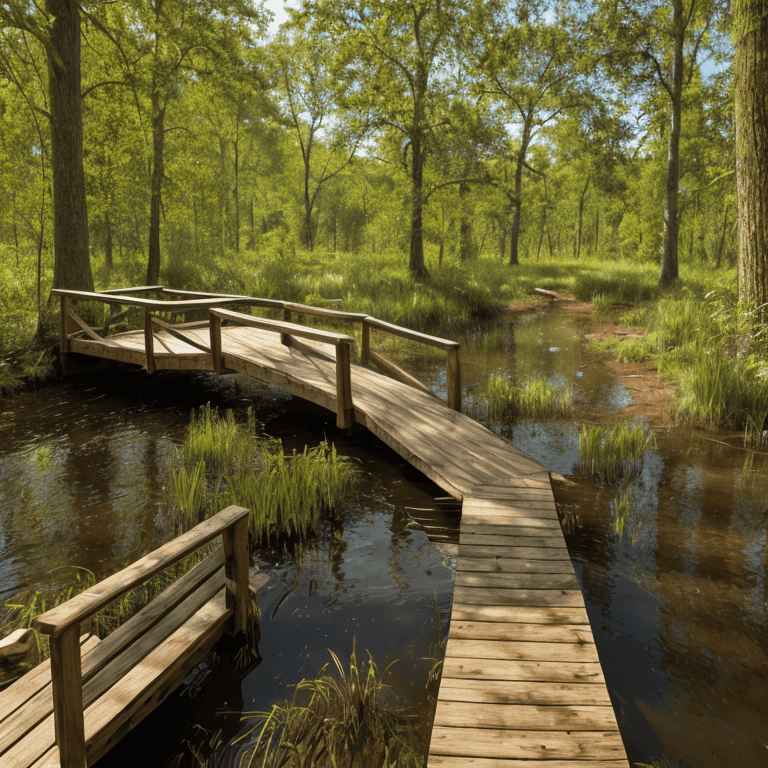
It is a vast preserve that is 20 square miles in size, bordered to the south by development, and it is still undeveloped since it provides drinking water to West Palm Beach and numerous other areas.
It serves as a reservoir unlike any other for the United States. The easiest public access is offered through the nature center and boardwalk on the south side of Northlake Road.
Hiking
Following the boardwalk from the parking area will allow you to begin your tour of this wet wilderness preserve. Don’t forget to stop and enjoy the view from the edge.
This area of open marsh, cypress groves, and pine trees is known as the Loxahatchee Slough. To reach the Charles W. Bingham Wilderness Pavilion, proceed along the wide boardwalk.
Children are encouraged to examine the swamp creatures in the tanks at this modest scientific museum, and regular family activities and programs are provided.

Follow the boardwalk along the front edge of the center to begin your trip and walk around it to take in the amazing vistas. You might even see a bunch of kayakers out there in the sawgrass.
A vista spreads out before you, busy with wading birds and rimmed in the green of young cypress.
As the boardwalk zigzags between the cypresses, you can see large cardinal wild pine and crispy-looking shield lichens in the trees.
A large path that descends into the sawgrass marsh is the starting point for canoe and swamp walks. Yes, this water is suitable for paddling and walking.
It is a marsh after all, and like the larger Everglades, it is covered in periphyton, the slimy algae that make up the majority of the ecosystem’s biomass and serve as a natural water filter.
- From the steps, the boardwalk curves sharply to the right.
- The first left is to be taken. You descend through a stand of wax myrtle and loblolly bay in an area where the water doesn’t rise frequently enough to submerge the tree roots.
- The elevation rises into the center of a tree island with an oak hammock while tropical shrubs like cocoplum peek out of the understory.
- Here is a chickee, a typical Seminole hut that serves as a refuge from the rain.
The boardwalk makes a slight jog into a cocoplum-filled region.
In the fall, keep an eye out for the tiny dark plums. They don’t taste like cocoa, but they are edible.
Giant leather ferns are soaking up the seasonal water flow as the scene widens up into damp pine Flatwoods. Bog buttons protrude like enormous hatpins from the marsh, and shoelace and gold foot ferns dangle from cabbage palms.
If you’re looking to escape the hustle and bustle of city life, Winding Waters Natural Area Florida is the perfect destination for you. This stunning nature reserve boasts a diverse array of wildlife, breathtaking scenery, and endless opportunities for adventure.
From hiking trails that wind through lush forests to crystal-clear streams that invite you to take a refreshing dip, Winding Waters Natural Area Florida offers something for everyone.
Whether you’re an avid bird watcher or simply seeking a peaceful retreat from the chaos of modern life, this natural oasis is sure to leave you feeling refreshed and rejuvenated!


